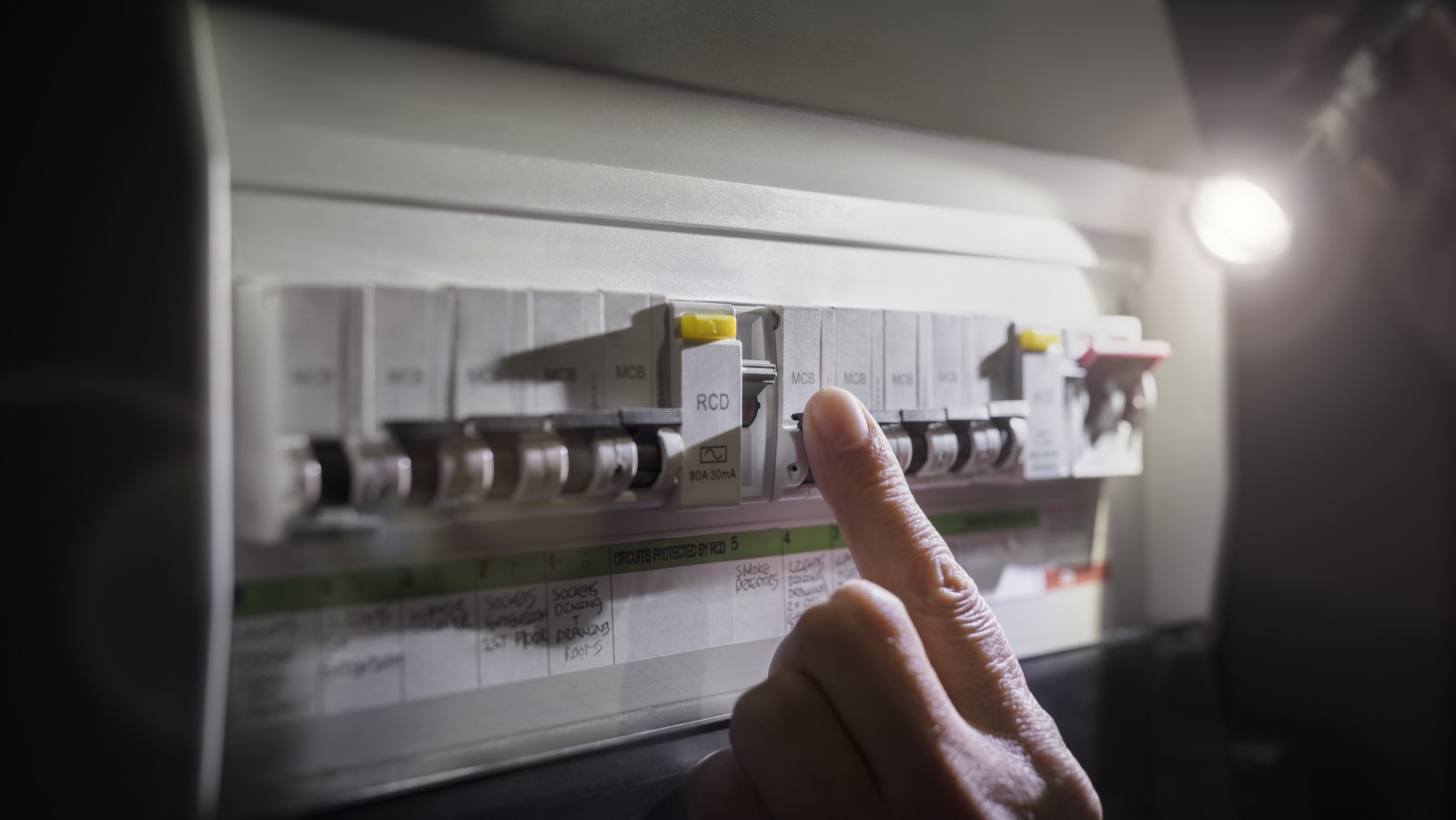What causes a power outage?
Power cuts can be extremely disruptive, especially as the world is becoming more reliant on digital devices and smart appliances. So, what causes them? Hint: it’s not the fault of the cable…
Much of what we do relies on electrical energy. Although there has been a continual decline in electricity consumption, the UK remains one of the largest electricity consumers in the world, according to Statista. So, experiencing a power cut is far from ideal.
Power cuts can be highly disruptive to our everyday lives, halting much of our activities. Over two-thirds (66%) of people in the UK have experienced a power cut in their local area, according to a survey by UK Power, with 23% of respondents reporting power outages annually, and 10% of residents reporting an occurrence every six to ten months. Surprisingly, 27% of those surveyed revealed their power cuts lasted between one-two hours, while 11% said they have been without power for three-four hours. Glasgow has the most prolonged power cuts lasting on average 3.1 hours, followed by London at 2.9 hours.
So, the big question is, what causes these power cuts? Power outages can occur for several reasons. Here are some of the most common causes:
Severe weather
Perhaps the most common cause is severe weather. For example, strong winds can bring down power lines, or blow down tree branches onto power lines, which disrupts the electricity supply. Flooding can also impact substations and electrical infrastructure, which can cause prolonged blackouts.
An overload in the electrical grid
When demands for electrical energy surpasses the capacity of the electrical grid, blackouts and system failures may occur. This can happen during periods of high energy usage, such as on frosty winter days when there is a high demand for electrical heating. If the grid is overloaded, the frequency of the electricity supply can decrease – this can cause power outages and ultimately damage equipment.
Failure in electrical equipment
Power outages can also be caused by defects in electrical equipment. This can cause circuit breakers, for example, to trip and cause power disruptions.
Wildlife
Rodents and livestock can inadvertently cause problems. For example, rodents can chew through power lines and damage the wires while searching for food. If they chew through the insulation and reach the copper inside, the power has already probably failed. Livestock can also rub against poles that have transformers on them causing power failure in local villages.
Accidents through excavations and construction
If a construction team begins excavating a site and the exact location of underground cables or utilities, is marked incorrectly on the map, then there is a high risk of cable or equipment damage. This can then interrupt the electricity supply and can cause power cuts in the area.
SWA cables
Steel wire armoured (SWA) cables are often used for external applications because of their built-in mechanical protection. SWA cables may be power cables or auxiliary control cables, both specially designed for use in mains supply electricity. These cables are used to distribute power or signals in several outdoor and indoor applications such as underground cable networks for industrial or commercial sites or as internal distribution in offices and schools. They can be installed using direct burial, cable ducting and clipped direct.
The steel wires are galvanised. A zinc coating is applied to protect the steel wires from exposure to air, water, or moisture to reduce oxidisation or rusting. The armour wires also reduce the risk of damage to the cable while being installed, and also by third parties after installation. SWA cables are designed to be rigid and heavy, which makes them very difficult to bend but also very robust. This increases their suitability for use underground or fixed to walls and cable tray using cable cleats.
Prysmian manufactures the two most common types of low voltage armoured cable at three of their UK factories: Prysmian BS 5467 and Prysmian BS 6724. Prysmian BS 5467 is suitable for industrial wiring and mains distribution – making it well suited to areas at risk of mechanical damage. Prysmian BS 6724 is a Low Smoke Zero Halogen (LSOH) armoured cable designed for the interconnections of systems as control cables or as power cables inside buildings where the spread of smoke and flame would be considered a risk to the occupants. For more information Prysmian SWA cables, visit our Armoured Cable webpage.
Understanding what causes a power outage can limit their impact. It is important to make sure that all electrical equipment is in good working order and that buried cables are adequately protected from mechanical damage. If you require further technical assistance visit the Technical Area on our website, or contact us today.



